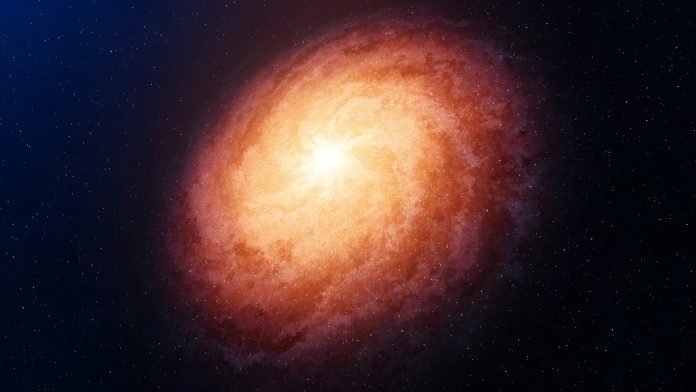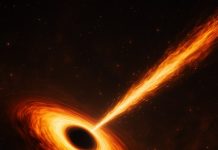
Black holes have always been one of the most fascinating subjects in the universe. They are like cosmic puzzles that scientists have been trying to solve for more than a century.
The journey to understand black holes began in 1916 when a German physicist named Karl Schwarzschild discovered something incredible using Albert Einstein’s famous theory of gravity.
He found that at the very center of a black hole, there’s a point where space and time stop making sense—a singularity. At this singularity, all the rules of physics that we know simply don’t work anymore.
For a long time, this idea was just a theory that didn’t get much attention. However, everything changed when scientists found evidence of black holes in the real universe.
The first hint came in 1971, and then, in the early 2000s, researchers confirmed there was a massive black hole right at the center of our own galaxy, the Milky Way.
The breakthrough moment came in 2019, when a group of astronomers captured the first-ever picture of a black hole, making it clear these cosmic giants were not just theoretical.
But there’s a twist in the story. In 2001, two scientists named Pawel Mazur and Emil Mottola came up with a new theory. They suggested that instead of black holes, there could be something called gravitational condensate stars, or gravastars.
These gravastars would be almost as dense as black holes but wouldn’t have a singularity at their center.
Instead of a point where physics breaks down, the heart of a gravastar would be filled with a strange kind of energy that pushes out against gravity’s crush.
These gravastars wouldn’t have an event horizon—the point of no return around a black hole—meaning, theoretically, they could let information escape.
The outer layer of a gravastar would be incredibly thin, made of normal matter, almost like a cosmic bubble with a super dense and strange core.
This idea shook the foundations of how scientists thought about black holes and opened up new possibilities for understanding the universe.
Adding another layer to this cosmic mystery, recent research by Daniel Jampolski and Professor Luciano Rezzolla introduced a fascinating concept called a “nestar.” Imagine a Russian matryoshka doll, where smaller dolls are nested inside bigger ones.
A nestar operates on a similar principle, where you have a gravastar within another gravastar, and so on. This new theory suggests that the universe might have even more bizarre and complex structures than we ever imagined.
Daniel Jampolski, a student who played a key role in this discovery, and Professor Rezzolla, are exploring these ideas not just for the thrill of discovering something new but to deepen our understanding of the universe.
They remind us that even after a century since Schwarzschild’s groundbreaking work, there’s still so much to learn about the cosmos.
While the existence of nestars remains a question, the exploration of such concepts pushes the boundaries of our knowledge.
Whether nestars are out there or not, the quest to understand them and their relation to black holes reveals the endless curiosity that drives science forward.
It’s a reminder that the universe is filled with mysteries waiting to be uncovered, and sometimes, the answers lead to even bigger questions.
The research findings can be found in Classical and Quantum Gravity.
Copyright © 2024 Knowridge Science Report. All rights reserved.



